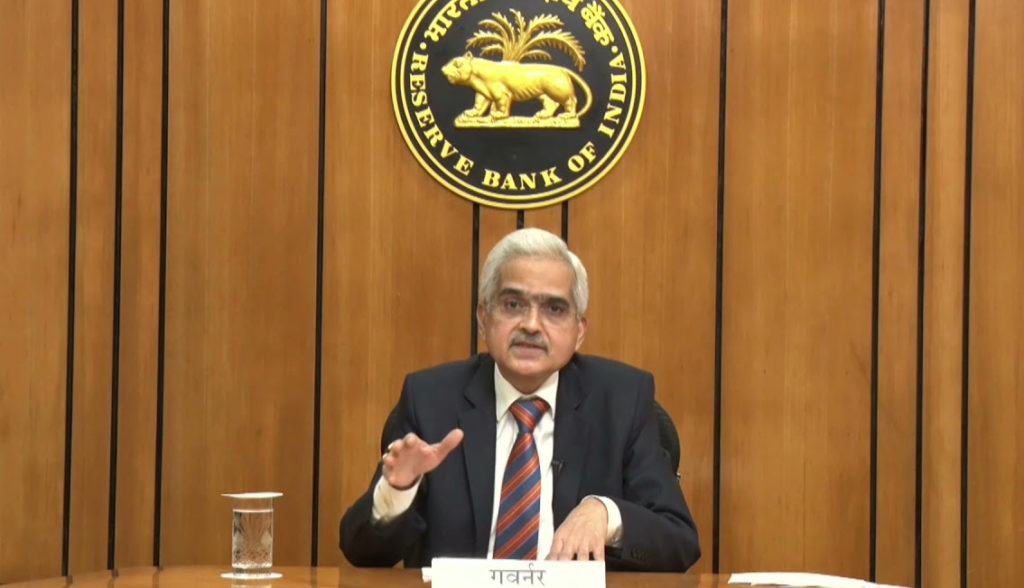The Reserve Bank of India (RBI) has issued new norms for the uniform treatment of the Bad and Doubtful Debt Reserve (BDDR) among co-operative banks, addressing variations in provisions for non-performing assets (NPAs).
The RBI aims to standardize the accounting practices of these reserves for prudential purposes, prescribing specific steps for rectification and smoother transition to accounting standards compliance.
According to provisions in the respective State Co-operative Societies Acts, several co-operative banks have established BDDRs. In some instances, these reserves are created by recognizing an expense in the Profit and Loss (P&L) Account, while in other cases, they are established through appropriations from net profits.
The RBI emphasized that, under Accounting Standard (AS) 52, all recognized expenses should be included in determining the net profit or loss for the period. Failing to recognize necessary provisions for NPAs as an expense in the P&L Account contradicts existing Accounting Standards. The treatment of BDDR for regulatory capital and the recognition of net NPAs has varied across banks, often diverging from regulatory norms.
To bring about uniformity, the RBI’s revised instructions on BDDR specify that, starting from the fiscal year 2024-25, all provisions under the Income Recognition, Asset Classification, and Provisioning (IRACP) norms must be charged as an expense in the P&L Account.
This includes provisions previously accounted for under BDDR or any other account head. These provisions will remain eligible for regulatory capital purposes as defined by current guidelines on capital adequacy.
Post recognition of all applicable provisions in the P&L Account, banks may appropriate net profits to BDDR if required by applicable statutes. The RBI also outlined a one-time measure to facilitate the transition to an Accounting Standards compliant approach. By March 31, 2025, banks must identify and quantify balances in BDDR as of March 31, 2024, created through net profit appropriations instead of recognizing them as expenses.
These identified amounts should then be appropriated directly from the P&L Account or General Reserves to provisions for NPAs. Such provisions may be netted off from gross NPAs to calculate net NPAs. If balances in BDDR exceed statutory requirements, they can be transferred to General Reserves or the P&L Account.
After these adjustments, BDDR balances can be considered Tier 1 capital. However, BDDR balances should not be deducted from gross NPAs to determine net NPAs. Banks must adhere to the relevant State Co-operative Societies Acts or the Multi-State Co-operative Societies Act, 2002, as applicable.
These guidelines are effective immediately and apply to all Primary (Urban) Co-operative Banks, State Co-operative Banks, and Central Co-operative Banks.
